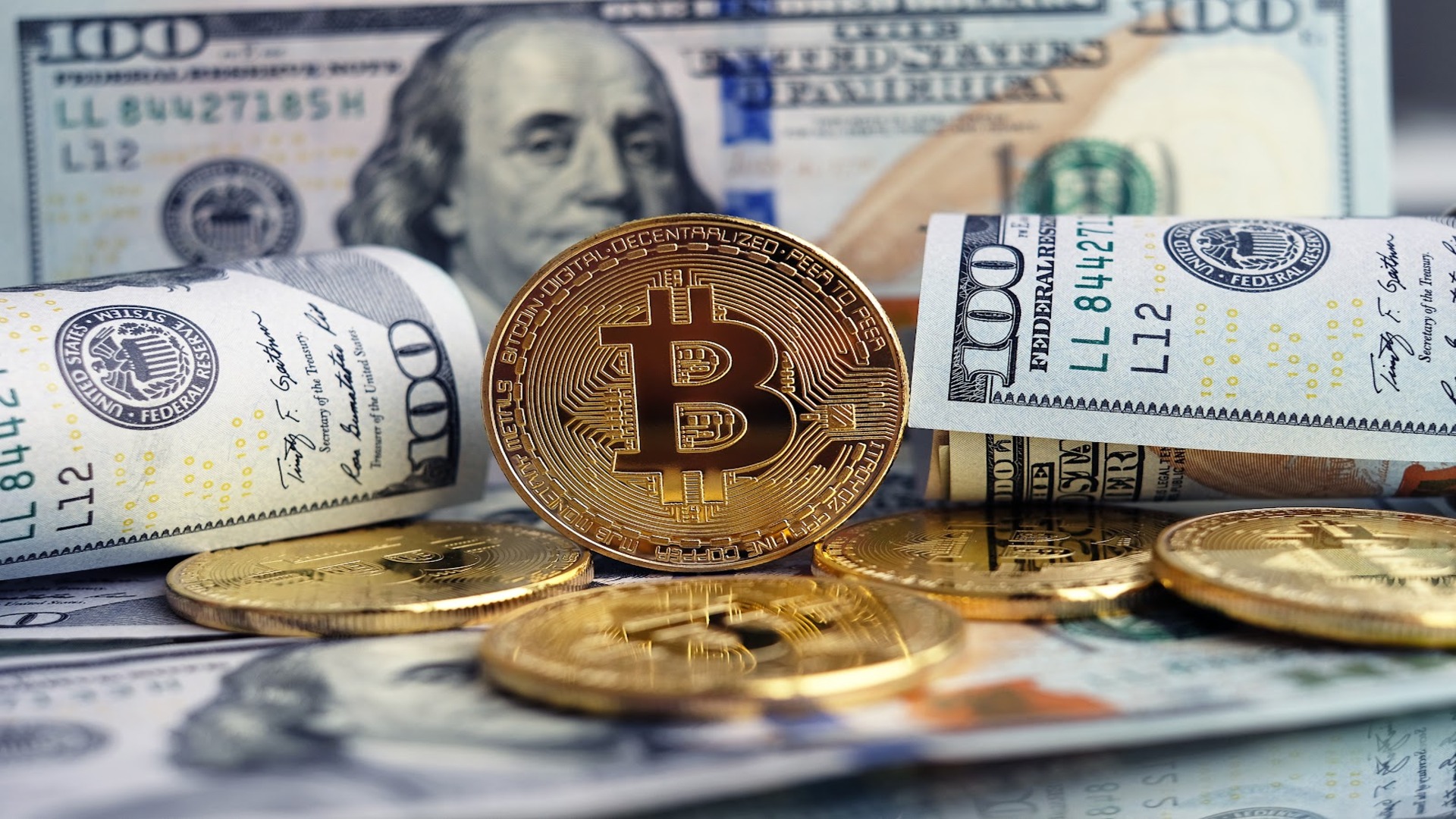As blockchain-backed digital assets that are anchored to fiat currencies or other assets, stablecoins have become more popular in the global financial scene. These digital currencies promise to transform international finance by providing stable, transparent, and effective cross-border transactions. But because of their quick expansion, regulatory agencies all over the globe are now creating frameworks that strike a balance between innovation and consumer protection. Binance Research has released a report titled “Overview of Global Stablecoin Regulation” to shed light on this development.
Facebook’s Libra project in 2019 marked the beginning of stablecoin regulation, which picked up speed after Terra UST’s demise in 2022. Different countries have different regulatory strategies, ranging from the EU’s extensive Markets in Crypto-Assets (MiCA) legislation to the UK’s phased measures. Frameworks for regulating this new financial product are also being introduced in other areas, such as Singapore and Dubai. These initiatives seek to promote the development of blockchain technology and provide legal certainty.
There are three types of stablecoins:
- The most common and regulated is Real-World Asset-Linked, which is supported by fiat currencies.
- Digital Asset-Backed (supported by cryptocurrency assets such as Ether or Bitcoin).
- Due to their high risk, several governments have openly banned algorithmic stablecoins, which have lost appeal with the demise of Terra UST.
Depending on their underlying assets, stablecoins are classified as either asset-referenced tokens (ARTs) or electronic money tokens (EMTs) under the EU’s MiCA framework, which provides a standardized legal environment. To avoid financial instability, MiCA has strict reserve, governance, and transparency standards. Market players like Circle, which is growing its euro-backed stablecoin EURC across Europe, have been drawn to the rule due to its clarity.
In contrast, there is no one federal framework in the United States, and different agencies, such as the SEC and CFTC, implement different rules. If approved, the Lummis-Gillibrand Payment Stablecoin Act would integrate stablecoins with the current financial system, increasing stability. Guidelines allowing banks to issue stablecoins have been released by the Office of the Comptroller of the Currency (OCC), which may help close the gap between regular banking services and digital assets.
Fiat-backed stablecoins are the primary emphasis of the UK’s regulatory approach, with laws for other kinds being phased in later. Singapore introduced a single-currency stablecoin regulatory environment aimed at guaranteeing value stability via strict reserve and liquidity requirements, while Japan has also established strong frameworks. Stablecoins, which are backed by reserves or trusted assets, may only be issued by licensed banks and trust businesses in Japan due to recent legal developments.
Due to the implementation of certain stablecoin regimes, Dubai and the United Arab Emirates have emerged as leaders in the virtual asset industry. Regulations that differentiate between local and international stablecoins have been transferred from Dubai’s Virtual Assets Regulatory Authority (VARA) to the Central Bank of the United Arab Emirates.
Regulations around stablecoins are changing quickly because of international debates over innovation and consumer protection. Cooperation between regulators and industry players will be crucial as the regulatory environment changes to guarantee that stablecoins support stability and financial inclusion.










